Finding the right glass for your wine is easy with the help of this simple guide
Navigating the world of wine glasses can be particularly daunting. For those with enthusiasm for libations of the fermented grape kind, but are far from experienced connoisseurs, knowing where to begin can be a challenge. However, even wine drinkers unversed in Oenology (the science and study of wine and winemaking) can appreciate the difference between slurping tepid white wine from a plastic cup and sipping that same label, chilled in a sparkling crystal glass. To go into more detail and ensure that you know your thin-rimmed flutes from your machine-made goblets, this guide will share the different glasses which are suitable for the different wines.
Red versus white
Red wine is usually served in large glasses, while white wine is traditionally served in a medium-sized wine glass with a U-shaped bowl. The main reasons are:
- A larger red-wine glass has a larger surface area, allowing the wine to come into contact with the air and breathe.
- A larger glass also means that you can dip your nose into the bowl to appreciate the aromas – after all, our sense of smell and taste are intricately linked.
- A regular white-wine glass with a U-shaped bowl can help to maintain the usually cool temperature of white wine longer.
- A regular glass can also retain an array of sweet and refreshing aromas associated with white wines.
But it is not all about the sizes, the shape is important too. So join us on a journey to discover the perfect glass for the perfect wine.
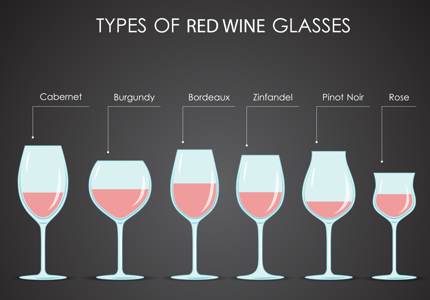
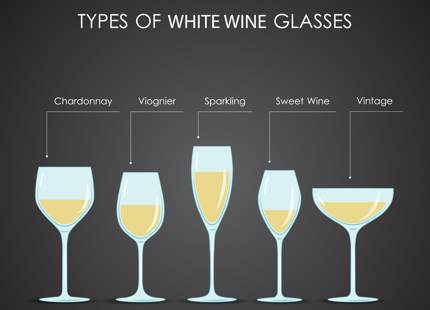
Pinot Noir
For those seeking a lighter red blend, Pinot Noir is a perfect choice with its low tannin and juicy taste. Pick a broad, bell-shaped bowl glass for this wine, as this structure enables the liquid to come into contact with the air, enhancing its overall flavour.
Cabernet Sauvignon
The Cabernet Sauvignon grape variety produces some of the world’s finest red wines, featuring dark, dense and bold characteristics. To really capture everything this type of wine has to offer, you need a tall, large glass, with some variations closing slightly at the top of the glass. The broad shape encourages the wine to breathe, so those strong flavours really come alive.
Burgundy
A bottle of Burgundy wine is bound to be deliciously dry and notably delicate. Once again, the larger the bowl, the better the taste, as the widest point of the bowl enables the wine to breathe. A thin rim is also a vital element, making it an effortless glass to drink wine from.
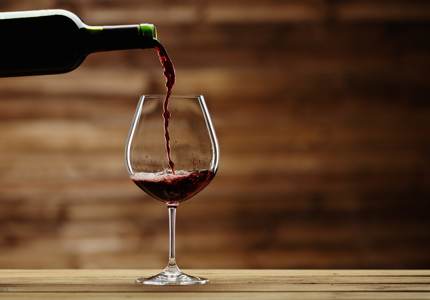
Bordeaux
Seasoned red wine drinkers love the robust and heavy Bordeaux blends. This type of wine is best served in a tall glass, as this creates a distance between wine and mouth that allows oxygen to access the tannins (and therefore lessen the wine’s bitterness). The height of the glass also guides the wine to the back of your mouth which maximises flavour. Note that a Bordeaux glass is also broad, but not to the extent of other red wine glasses.

Chardonnay
Out of all the white grape varieties, Chardonnay is one of the most popular, and with fruity, rich, dry, nutty and buttery qualities, what’s not to like? Chardonnay is best served in the largest and widest of the white wine glasses, designed to expose your mouth to the wine’s sweetness and let oxygen amplify the aromas.
Sauvignon Blanc
Ranging from refreshingly crisp and dry to overwhelming sweet, the Sauvignon Blanc grape variety even has its own holiday – the first Friday in May is International Sauvignon Blanc Day. While you can’t go wrong with a bottle of this easy-drinking variety, you can easily pick the incorrect glass. A smaller glass (with a smaller mouth) is an excellent choice as it encourages the wine to the centre of your mouth, to ensure subtle yet concentrated taste.
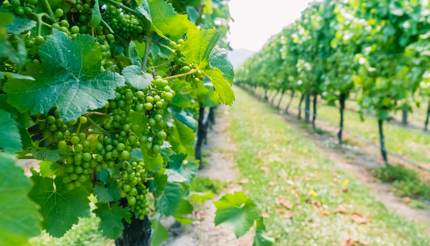
Montrachet
Montrachet is definitely more complex than its other white counterparts and subsequently requires a large bowl, so that the different flavours can mix with the air and become clearer.
Rosé
This pale pink wine is the ultimate summer beverage, best served cold, and with plenty of sunshine. Promising floral and fruity bursts; rosé can vary in levels of sweetness. When it comes to picking the ideal glass, the shape and size are dependent on whether the blend is young or mature.
A flared lip glass with a long stem is usually perfect for a young rosé. The structure also allows the wine to hit the tip of your tongue and activates your taste buds immediately. But if you have a more mature rosé on your hands, a shorter bowl-shaped glass is the way to go to appreciate the flavour.
Sparkling wine and Champagne
Whether you’re celebrating a special occasion or you’re just in need of something bubbly to lift your mood, choosing a tall and narrow shape glass is often preferred, because the small area helps to maintain those bubbles (carbonation) and flavours.
A flute wine glass, with a short-to-medium stem and a tall, narrow bowl, is arguably the most common glass for all things sparkling. With this glass, your tipple will definitely remain fizzy, as the structure of the glass preserves the carbonation and the flavourful essence. The beads incorporated at the base of the stem cause the bubbles to group together before coming to the surface.
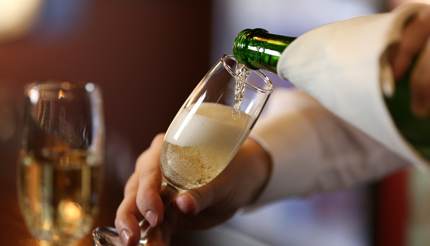
Using a tulip wine glass is also becoming increasingly popular, especially at fancy parties. This type of glass has a slim base that widens as you go up, before narrowing at the opening. This design guarantees that no excess carbonation will escape, and the aromas and flavours will head straight to your tongue rather than your nose.
Alternatively, you can also live out your 1920 Great Gatsby dreams with a coupe glass. Featuring a wide and shallow bowl, and a stemmed bottom, this glass oozes elegance and class, but the large surface area can cause the bubbles and the aroma to dissipate rapidly, so drink up quick!

If you found this interesting, you might also enjoy:






